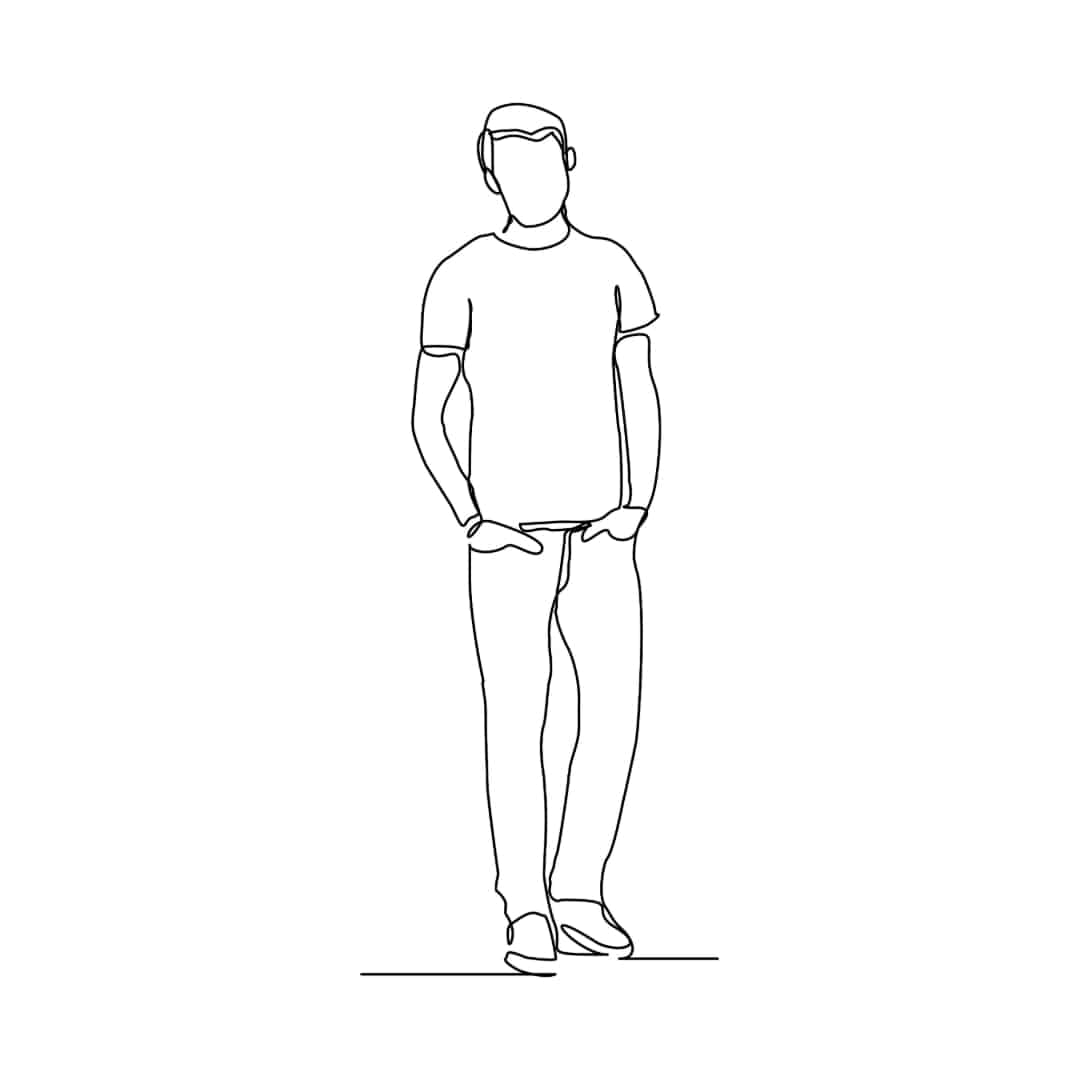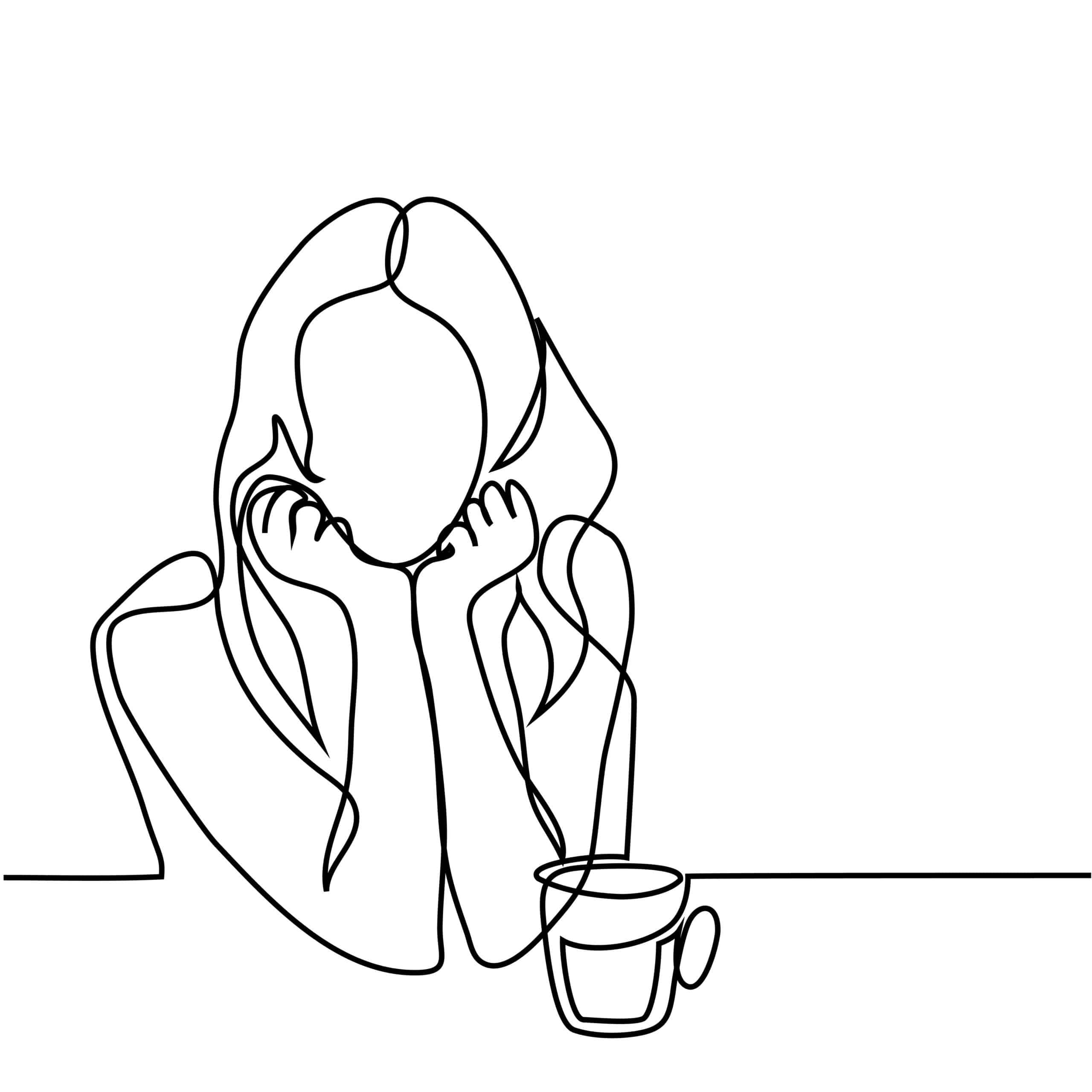About 11 percent of adults in the United States experienced significant mental health issues in 2007 alone. This number has gone up since the recession sent the country into economic chaos, and that number doesn’t even count the millions of children who are affected by severe mental illness requiring treatment. Yet, most of the people who need mental health services in the United States are shut out of the system. This is largely due to inadequate insurance coverage of mental health disorders. Many insurances do not cover it, and the ones that do only provide basic coverage that doesn’t come close to including all of the services the mentally ill really need to get better. There is, therefore, a strong mental health disparity in this country between those who can afford to pay for treatment on their own, and those who cannot.
No where is this difference more obvious than in mental health facilities with inpatient treatment programs. Self-pay facilities and government-sponsored facilities provide such a stark contrast in the level and quality of care of their patients that they are practically not even the same thing. Those who can afford to pay for their own mental health care usually have much better outcomes than those who rely on inadequate insurance or government services, simply because the level and quality of care they receive is so much better, and there is no insurance cutoff point at which their services stop being covered.
Therefore, self-pay patients can afford to stay at private mental health facilities until they get all of the treatment they need to get truly better. Compare this to government facilities that usually keep the mentally ill for just a few days, putting them on a regimen of pills that may or may not be right for them, and then push them out onto the streets again, barely better off than they were before (and sometimes no better, or even worse, for their experience).
Congress has tried to address this disparity in care. Federal requirements for mental health coverage on insurance policies was expanded in 2008 as part of an overall attempt to transform the mental health care system in this country. However, it has only been a drop in the bucket as to what is actually needed for those who cannot afford to self-pay. As of right now, the superior care for mental health patients is still available only at private, self-pay facilities. The insurance industry in America has simply not yet been able to keep up with what the mentally ill in this country actually need to get better.
The government-sponsored mental health care facilities are crowded, because so many people need them and have no other means of getting treatment. Because of the overcrowding, these facilities are somewhat like assembly line factories. People come in, are drugged without any concern as to what is the proper drug and proper dose for them individually…there is no time for that with so many people to serve. Everyone gets pretty much the same treatment. There may be a visit with a psychiatrist, usually once during the person’s stay. In the nicer facilities, there may be a few group therapy sessions, and maybe one or two individual therapy sessions. The person is then pushed back out into the world with no coping skills, inadequate (or ineffective) medication, and a referral to come back for outpatient therapy if they want to do so. It is a system of bringing people in, giving them the most basic care that is almost the same for everyone, regardless of what their actual diagnosis is, and then pushing them out to make room for more people. It’s no wonder that there are so many repeat visitors to these facilities, or that the mentally ill who cannot self-pay are not getting better as they should.
Many crimes committed that end up in the news are perpetrated by the mentally ill, and are often people who were treated at public facilities and sent out into the world again with inadequate treatment. With poorly controlled mental illness, or a mental illness that wasn’t really treated at all at a public facility, they often deteriorate in their mental condition and are moved to commit heinous acts though desperation or delusions.
It is a public health problem for everyone in this country, as it affects everyone in one way or another. People are affected by either being inadequately served mental health patients, victims of crimes perpetrated by inadequately treated mental health patients, or by being traumatized or upset by what they see these people doing on the news. As long as insurance companies refuse to properly cover real mental health treatment and as long as the government doesn’t insist upon such comprehensive and effective coverage, this will continue to be a problem in American society.
Take a look at private pay facilities in contrast. These are the places where real healing occurs. When someone has the financial resources to get the treatment they need, the limitations put on them by insurance and government regulations does not come into play. It’s simply not a factor. Self-pay patients get better care, period. You rarely, if ever, hear of a patient who has spent time at a self-pay facility going out and committing terrible crimes. This is because they are getting the treatment they really need to recover and reintegrate into society as useful and stable members of it.
Rather than being assembly line, one-size-fits-all facilities like the public government-sponsored ones, private pay facilities are individual oases of healing for mental health patients. With the issue of insurance out of the way, the patient and their family can tailor an individual healing program for the patient that virtually assures success. There is no time frame for getting the patient out of the facility, and all interactions with doctors and other staff members are done with adequate time taken with each patient. Doctors will spend the time necessary to discover what a patient really needs before prescribing or recommending any medication or therapy. This leads to better outcomes all around, and a lower incidence of re-admission once a person has completed their treatment program.
Private pay facilities treat both mental health issues on their own, as well as mental health issues that are coupled with substance abuse issues. Admissions are voluntary, and patients are free to leave at any time. This is in stark contrast to admissions to government facilities, many of which are not voluntary, and where patients who are already vulnerable psychologically are further abused by being kept against their will, at least until their insurance benefits or government-mandated time there runs out. Private pay facilities are also far more likely to offer a wide variety of treatment options, each tailored to the individual patient’s particular needs. The best doctors work at private pay facilities, because they get the best experience out of their jobs there. They enjoy what they do, rather than being frustrated by their careers and the limitations on their ability to help people, such as at public facilities.
Private pay facilities use innovative treatment modalities because there is no insurance company standing over them telling them what they can and cannot offer, and what the insurance will and will not cover. They are free to give their patients the best treatment in the world. Insurance is often a hindrance in getting the treatment a patient deserves. This is not a factor at private pay facilities. This is why private pay facilities often offer such things as integrative models of care, expressive and experiential treatments (such as art, music, nature, and pet therapy), and programs in social interaction and integration, to help patients easily reintegrate into society as stable members of it.
Family therapy is also a frequent component of private pay facilities. This is a luxury most public care programs cannot afford. If a public facility offers family therapy, it is often only one cursory session. Family therapy is an important component of getting better for most mental health patients, since their families either play a role in their mental issues due to dysfunctional family dynamics, or are crucial in a person’s recovery, since family support (emotionally, financially, and otherwise) is necessary to give the patient a stable place upon which to stand when they leave the facility and go out into the world again. Family therapy creates a healing team between family, doctors, and the patient that is very powerful in bringing true healing and recovery for the patient.
As can be seen, using insurance in mental health care is simply a hindrance to a person actually getting better. No insurance is going to cover everything a person needs to achieve true recovery and real mental health and stability. Without the insurance in the way, private pay facilities are able to offer superior care that actually results in true healing outcomes for the patients. Until insurance and government regulations in this country regarding it transform to meet the needs of mental health patients in more than a cursory way, this is how it will always be. True healing outcomes for mental health patients are only to be found in private pay facilities, and while this means only a privileged few can take advantage of them, those who do will find the true healing they seek at these places again and again.
In many ways, we are only beginning to understand mental illness disorders. And, each advance in our understanding gives us better tools to treat, diagnose and even predict mental illness. Recent studies of DNA now give stronger indications than ever that the cause of schizophrenia and a number of other mental health disorders may be, in part, genetic.
Schizophrenia has a high hereditary factor; this has led many researchers to believe that the disorder could have a genetic link. Researchers from the Stanley Center for Psychiatric Research at Broad Institute of MIT and Harvard recently identified over 100 genes that could play a role on schizophrenia. Scientists are still untangling what the role of these genes are. Some, as expected, were related to the brain chemical dopamine. Others, however, involve the immune system. Still others were associated with behaviors like heavy smoking. It is currently theorized that the genes in question may play more than one role; for instance, affecting the immune system in one way and the brain in another.
Other evidence of schizophrenia’s genetic factors comes from the Psychiatric Genomics Consortium, formed in 2007. Since that time, the group has analyzed DNA from 33,000 patients who suffer from maladies that include schizophrenia, autism, depression, bipolar disorder and attention deficit hyperactivity disorder. Their work identified a number of genes that are shared by people diagnosed with these disorders. The scientists have developed a theory that these disorders may be linked or may even be different expressions of a single disorder.
Two of the genes identified work to control the movement of calcium in and out of brain cells, which is related to how brain cells communicate with one another. Scientists theorize that the changes in movement could, depending on other environmental factors, eventually lead to mental illness.
While theories about the causes of mental illness like schizophrenia are continuing to be developed, here at Pasadena Villa, we employ the most up to date treatments in a safe and caring environment. Our unique social integration model immerses patients into real life activities to help them develop the tools for life outside a treatment facility. Patients live in a warm and therapeutic atmosphere to regain control of their lives and develop social and communication skills. Contact us today if you or a family member would benefit from our unique residential mental health care.
The Villa Orlando and Pasadena Villa’s Smoky Mountain Lodge are adult intensive psychiatric residential treatment centers for clients with serious mental illnesses. We also provide other individualized therapy programs, step-down residential programs, and less intensive mental health services, such as Community Residential Homes, Supportive Housing, Day Treatment Programs and Life Skills training. Pasadena Villa’s Outpatient Center in Raleigh, North Carolina offers partial hospitalization (PHP) and an intensive outpatient program (PHP). If you or someone you know may need mental health services, please complete our contact form or call us at 407-574-5190 for more information.
Source:



